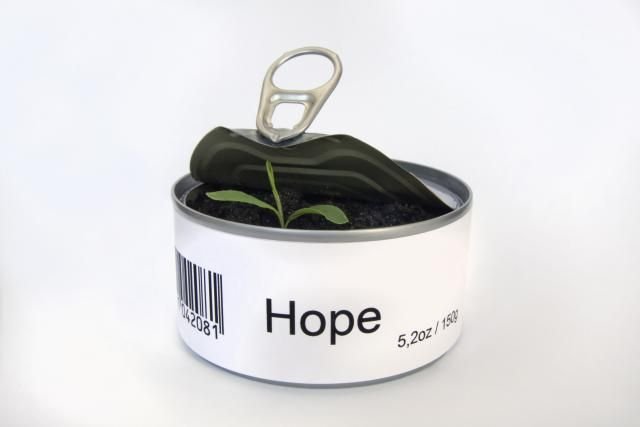Does trying to be grateful feel fake and boring. Try this instead.
As human beings, it’s common for us to pay more attention to the negative or challenging aspects of our lives – not because we are cynical – but because we are looking for what we have to fix in our lives. The downside is we can miss the beautiful and small aspects of joy and beauty, hiding in plain sight.
Creating a gratitude jar is a wonderful way to pay attention to all the things that bring you happiness, that you enjoy.
We start to mark those events and thank them.
It allows us to sink into this idea of sufficiency, the exquisite notion of having enough and being enough
The word “gratitude” is derived from the Latin word “gratia,” which literally translates as “grace.” Interestingly, the word grace is defined as “smoothness and elegance of movement,” and “courteous goodwill,” which speaks of bringing flow and harmony into your life.
Another phrase for gratia in Latin is “gratus animus.” “Gratus” means grateful, agreeable, pleasing, acceptable and welcome. “Animus” means heart, mind, affections, purpose and feeling.
As you can see, gratitude runs deep, and as such makes a huge impact on our perspective of life.
What is a Gratitude Jar?
Starting a gratitude jar is a simple and fun process.
Equipment neededA jar ( make it beautiful - a container that you love)
A pencil
A small pad of note paper
Each time you experience or have feelings of gratitude, write them down and place them in your gratitude jar. I always add the day and date as well.
Creating a focus on the little moments that bring delight or satisfaction is a lovely practice and a way of paying more attention to what brings you joy.
They don't have to be big or special things, often times mine are very ordinary , like the dog made me laugh out loud, or we made a wonderful dinner, or had a great walk by the sea with a friend, or an amazing day at work, where i felt I made a real difference in someones life.
The key is to be natural about it, it should not be a forced or regimented regime of phony gratitude’s that you feel you have to do daily. But you start to get in the habit of recoding moments that delight you, and it feels nice.
One thing I do advise is keep it in a place that reminds you to use it. I keep mine by my front door, and have a pad and a pencil always available. You can open the jar every month and read all the gratitudes.
Then start again.
The way I do it - I only read them all once per year, on New Years Eve. Then the following morning I take them all to the beach and burn them to set them free.
Then I start again.
What’s so wonderful is the memories it brings back of little things I have completely forgotten. I often find myself shedding a few tears.
A growing body of research surrounding the benefits of gratitude has been created that shows gratitude helps people cherish good experiences, enhances relationships, and increases positive emotions.
Another way to use it… when you’re having a down day, you can pull notes out of your jar to remind yourself of all of the blessings in your life, big and small.
You can then think about how you are supported and all the wonderful things you do have in your life. This can boost your mood on bad days and elevate the good days even more.
Try using a gratitude jar for the rest of the year and get into the habit of paying attention to all the wonderful little ways life delights you.
A few ways to practice open heartedness and gratitude
The little things? The little moments? They aren’t little. Saying thank you, holding the door for someone, these little moments can change the tone of your whole day, and the day of someone else.
One of the most empowering ways to hook your brain up for more joy and less stress is to focus on gratitude. Here are a few suggestions.
A regular writing practice. Establish a daily practice in which you remind yourself of the gifts, grace, benefits, and good things you enjoy. Recalling moments of gratitude associated with ordinary events, your personal attributes, or valued people in your life gives you the potential to interweave a sustainable theme of gratefulness into your life.
Remember the not so good:) To be grateful in your current state, it is helpful to remember the hard times that you once experienced. When you remember how difficult life used to be and how far you have come, you set up an explicit contrast in your mind, and this contrast is fertile ground for gratefulness.
Share your gratitude with others. Research has found that expressing gratitude can strengthen relationships. So the next time your partner, friend or family member does something you appreciate, be sure to let them know.
Making good sense. Through our senses—the ability to touch, see, smell, taste, and hear—we gain an appreciation of what it means to be human and of what an incredible miracle it is to be alive. Seen through the lens of gratitude, the human body is not only a miraculous machine, but also a gift.
Use touchstones. Because the two primary obstacles to gratefulness are forgetfulness and a lack of mindful awareness, visual reminders can serve as cues to trigger thoughts of gratitude. Often times, the best visual reminders are other people or things that reminds us to practice because they inspire us.
Make a vow to yourself. Research shows that making an oath to perform a behavior increases the likelihood that the action will be executed. Therefore, write your own gratitude vow, which could be as simple as “I vow to count my blessings each day,” and post it somewhere where you will be reminded of it every day.
Watch your language. Grateful people have a particular linguistic style that uses the language of gifts, givers, blessings, blessed, fortune, fortunate, and abundance. In gratitude, you should not focus on how inherently good you are, but rather on the inherently good things that others have done on your behalf.
Get in motion. Grateful motions include smiling, saying thank you, and writing letters of gratitude. By “going through grateful motions,” you’ll trigger the emotion of gratitude more often.
Think differently. If you want to make the most out of opportunities to flex your gratitude muscles, you must look creatively for new situations and circumstances in which to feel grateful. Please share the creative ways you’ve found to help you practice gratitude.
A clients shares her experience about working with David.
“For me, it wasn’t so much about coaching. David didn’t stand on the side and cheer me on. He was more like a friend who reached out to take my hand while leading me into a better way to live a life.”
I offer an effective supportive approach to help you solve personal challenges, reach cherished goals and discover how to navigate effectively through the challenges of daily life in a thoughtful way.




